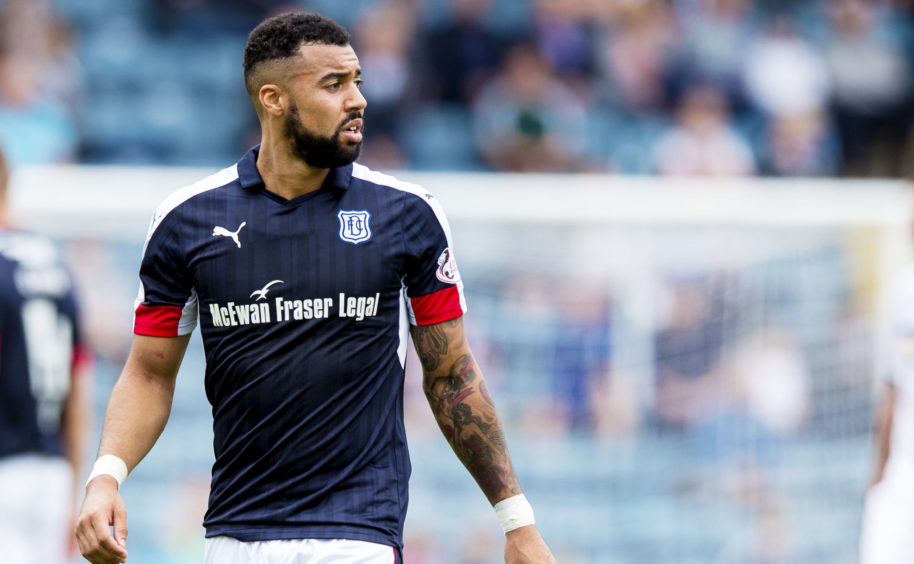If a football player wants a move from his club, there is very little that can be done to stop it.
A player in demand can manoeuvre his release, contract or no contract.
Dundee FC have taken some stick this week over the sale of Kane Hemmings – as has every club at some time or other over the sale of a star player.
But the blunt truth is that for top talent, the scales are weighted almost entirely in the player’s favour.
Before a player signs at any club a competent agent will usually insist on a release clause in a contract, stipulating that the player can move if a certain figure or some other set of conditions are met by a potential buying club.
If the clause is not agreed to, there is a substantial risk the player will not sign.
It’s similar to the situation when fans ask why, when a team is relegated, players’ wages don’t reduce to reflect the division the club is in.
Again, top players simply won’t sign such contracts, it’s that simple.
The strength of the bargaining position reflects the quality of the player; better players can attract better wages and insist on more advantageous terms than lesser players.
When it comes to moving on, it’s not just having a clause in the contract which can seal a move. Agents, players and parents can all play a major part in manoeuvring a situation where it ends up in everyone’s interests for a player to leave.
An unhappy player doesn’t just under-perform on the pitch; the atmosphere at the club can be ruined, too, and negativity and discontent can quickly foment to disrupt a settled squad.
The international players’ union FIFPro wants to abolish transfer fees completely and make it easier for players to move to other clubs, while
at the same time honouring signed contracts.
In reality, though, contracts in many cases are not worth the paper they’re written on. Once a top player decides he wants to move and a buyer is willing, the deal is unstoppable.
Even when an unhappy player doesn’t have a release clause in his deal, it doesn’t take much to ensure that he can get a move from his club.
Hints to the manager or the board from agents and others that he’s not happy, won’t be able to concentrate fully on his game, or simply doesn’t want to play for the team are usually enough to persuade a club that they are better cashing in the chips before the house comes crashing down completely on the relationship.
In all of this, the fans are the losers.
Clubs are caught between being completely transparent and getting the best deal for a player, who may have privately made it abundantly clear to his boss and board that he wants out, while publicly saying he is happy where he is.
Managing a top football club today requires not just great coaching skills, but increasingly it also calls for additional qualities such as the patience of a saint and the negotiating talents of the diplomatic corps.










